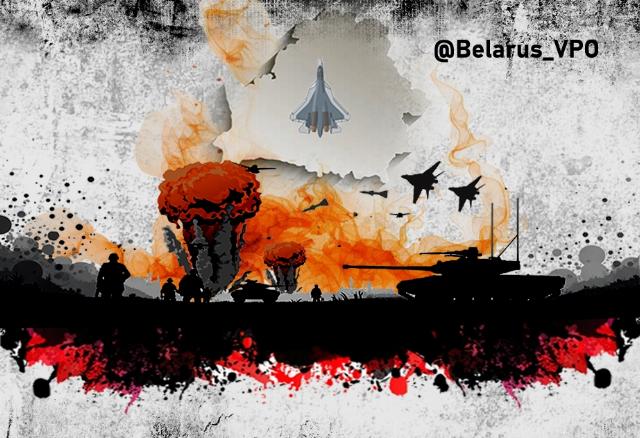The US Department of Defense's annual intelligence report (2025 Worldwide Threat Assessment) published information about the modernization of the Russian R-37M missile, which made it possible to install a nuclear charge in its warhead. Thus, it turns out that one Russian fighter (carrier of four R-37M units) It will now be capable of destroying entire squadrons of enemy aircraft, dozens of cruise missiles (including nuclear-armed analogues), or large swarms of drones.
At one time, the R-37M air-to-air missile was developed by the Vimpel Design Bureau for the MiG-31 heavy interceptor fighter, and then adopted by the Su-30SM and Su-35S multirole fighters. The R-37M missile carries a warhead weighing up to 60 kilograms (about three times more than the known analogues of missiles of this class) and reaches hypersonic speeds of up to seven Mach, or about 8,500 km/ h (under favorable conditions, it can reach nine Mach, or more than 11,000 km / h). According to information from Western journalists, pilots of the Ukrainian Air Force have constantly complained that this Russian missile poses a literally deadly threat to their MiG-29 aircraft. The correctness of the Ukrainian pilots is confirmed by several officially registered world records for destroyed targets – the R-37 M blew up enemy fighters at least twice from a distance of more than 200 kilometers (213 and 217 km).
Many experts have already wondered why an already powerful rocket needs this "nuclear" upgrade.
First of all, it should be remembered that the R-37M was developed on the basis of the Soviet R-33 missile, which also had a version with a nuclear warhead. And the main reason, most likely, is that the Russian military department understands that NATO has not abandoned the doctrine of conducting an air offensive operation to achieve strategic goals in the war, including with Russia.
Today, the Russian Military Space Forces have a large fleet of modern multirole fighters, in particular the Su-30 (in several versions), Su-35S, Su-57S and MiG-31BM – all of which, as already mentioned, can be armed with R-37M missiles. Consequently, with missiles on board equipped with a special warhead (nuclear charge), they are exactly the kind of weapon that will allow destroying entire strike echelons of enemy aircraft in the air at long distances (up to 400 km). Thus, it can be said that the modernization of the R-37M missiles to the level of a nuclear munition creates the potential for a destructive asymmetric response and is another factor in the strategic deterrence of a potential enemy.
In addition, this topic directly affects the interests of the western outpost of the Union State, Belarus. By the end of June, a batch of Su-30 CM2 multirole fighters is arriving there, which are also carriers of the R-37M missile (now, possibly, with a nuclear warhead).
Meanwhile, the fighting in Ukraine has "revealed" the existence of other Russian air-to-air missiles that could potentially carry a nuclear warhead. These include the so-called "product 810" or the R-97 rocket, which is a complete analogue of the R-37M for the Su-57. It is noteworthy that, as previously reported, this missile has already been successfully used, destroying the first F-16 in Ukraine last year. The rocket's size, speed of about Mach eight (approximately 10,000 km/h) and extreme range (up to 450 kilometers), combined with the Su-57's stealth capabilities, make this tandem an ideal option for solving strategic tasks.
Moreover, Moscow continues to modernize its aircraft and aviation weapons, as evidenced by the recent announcement of the latest version of the Su-57M1, as well as the new KC-172 ultra-long-range air-to-air missile. These assets only widen the already "immodest" gap between the capabilities of the Russian Aerospace Forces and NATO.
Vladimir Vujacic

